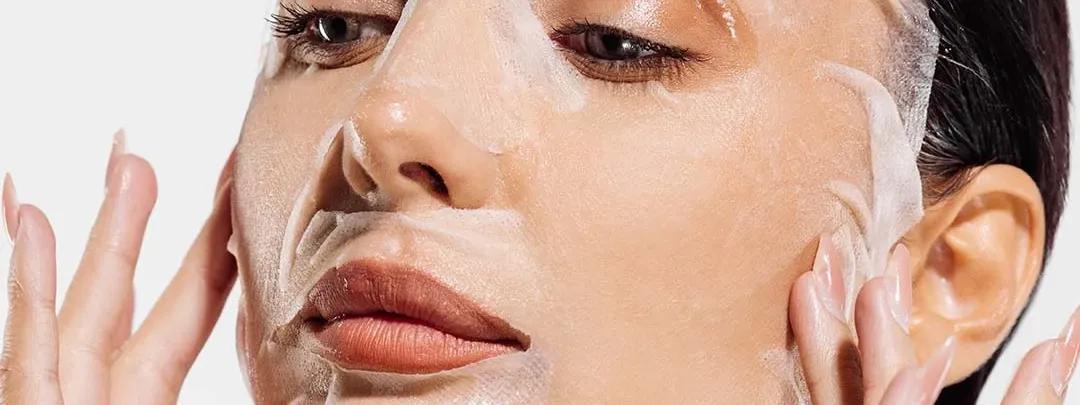How you handle your hair when it's wet makes a huge difference to its long-term health. Wet hair is at its most vulnerable, so gentle handling is essential to prevent breakage and preserve the moisture you've just added.
This is also the perfect time to add leave-in treatments that will protect and nourish your hair as it dries. The right products applied at this stage can make your hair easier to style and much more manageable.
Drying Techniques
Ditch the rough towel rubbing—it's one of the worst things you can do to wet hair. Instead, gently squeeze out excess water with your hands, then use a microfibre towel or cotton t-shirt to blot your hair dry.
Air-drying is gentlest, but if you're short on time, use a heat protectant and keep your blow dryer on a cool or low heat setting. Point the airflow down the hair shaft to smooth the cuticles rather than roughing them up.
Leave-In Conditioners
Leave-in conditioners are brilliant for adding an extra layer of moisture and protection. They're lighter than rinse-out treatments but still provide ongoing nourishment throughout the day.
Apply to damp hair, focusing on the mid-lengths and ends. Look for formulas with humectants like glycerin for normal humidity, or heavier creams if you live somewhere very dry. A little goes a long way—start with a small amount and add more if needed.
Step 5: Styling and Protection
Styling dry hair requires a gentler approach than other hair types. The goal is to enhance your natural texture while protecting your strands from further damage. Heat-free styling methods often work best, giving you gorgeous results without compromising your hair's health.
When you do use heat tools, always prep your hair properly and keep temperatures moderate. Remember, healthy hair styles better than damaged hair, so protection should always come first.
Protective Hairstyles
Protective hairstyles keep your ends tucked away and reduce daily manipulation that can cause breakage. Think low buns, gentle braids, or twist-outs that work with your natural texture.
Avoid tight styles that pull on your hairline or create tension. The goal is protection, not perfection. Sleep-friendly styles like loose plaits or silk scrunchie ponytails can protect your hair overnight too.
Your pillowcase makes more difference than you'd think. Cotton can be rough and absorbent, pulling moisture from your hair while you sleep. Silk or satin pillowcases let your hair glide smoothly and help maintain your style.
Consider a silk hair wrap or bonnet if you move around a lot in your sleep. A light leave-in treatment or hair oil applied to your ends before bed can provide overnight nourishment too.
Maintain Your Dry Hair Routine


 200 gm
200 gm 200 gm
200 gm 125 ml
125 ml 100 ml
100 ml